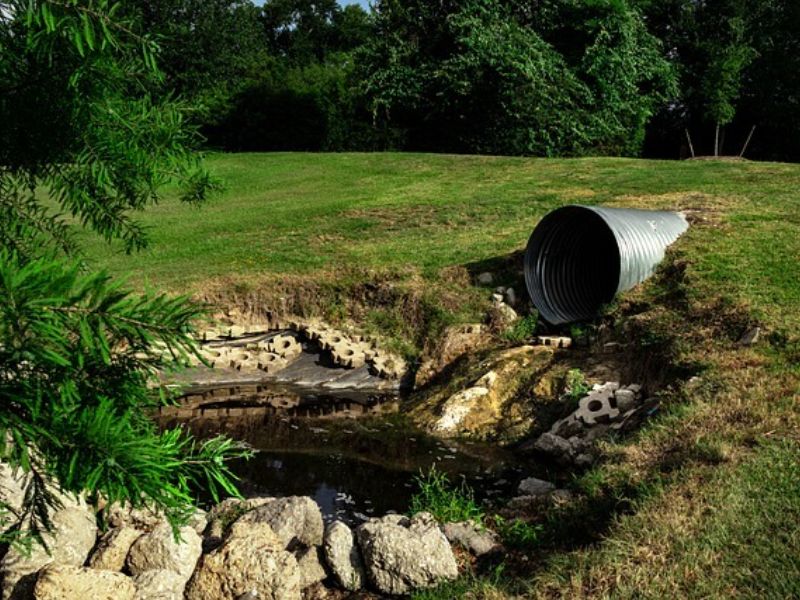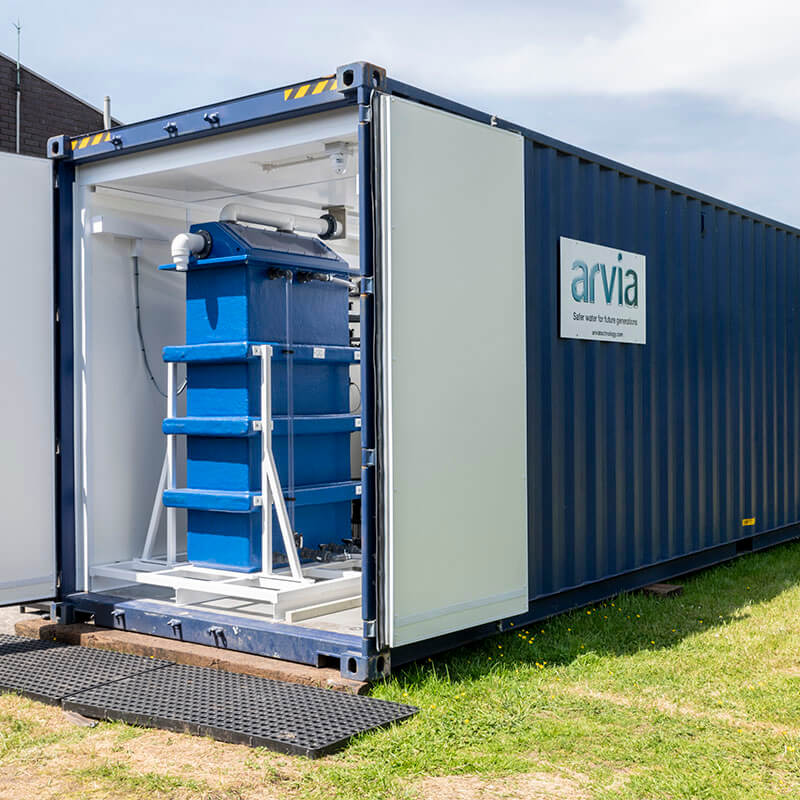Caffeine removal from water
Caffeine is a widely consumed stimulant found in various beverages and food products.
While it provides a boost of energy for humans, it poses a potential threat when it enters our water systems. In recent years, caffeine has emerged as an emerging contaminant in wastewater, rivers, and watercourses.
This article aims to provide professionals in the water industry with insights into the importance of caffeine removal from water, the methods available for treatment, and the innovative Nyex Rosalox™ system from Arvia as a superior removal solution.








